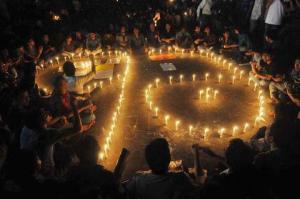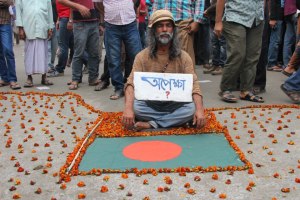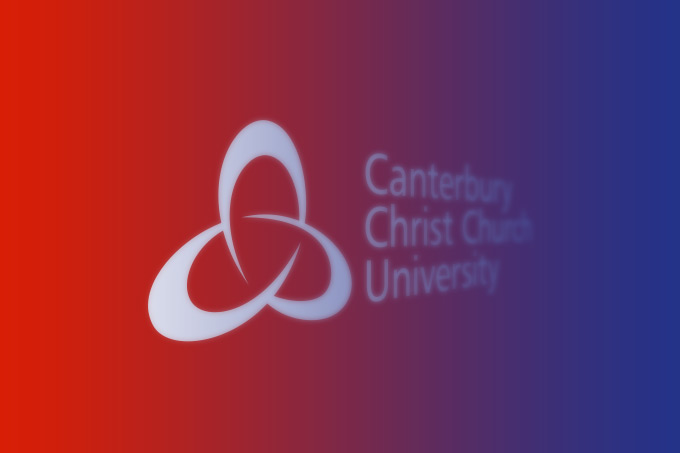This is the third in a series of five blog posts by Razia Shariff, a Doctoral candidate in the Politics and International Relations programme, as she conducts her field work on the Agency of Social Movements in Bangladesh
By Razia Shariff (PhD candidate)
Two years ago during this month of February – it was a very similar situation in Dhaka and Bangladesh, there had been ongoing ‘hartals’ and ‘oboroths’ – daily strikes and boycotts called by political parties – so that if a car went out onto the road, or people used public transport – the demonstrators could attack it for defying the hartal or oboroth. Within this backdrop of tension, the month of February is a celebration of the Bangla language, as mentioned in my previous post. The boi mela, ‘book fair’ in Bangla Academy (near Shahbag) had started – this is a main focal point in the social calendar where new books are launched and all sorts of people come to attend literary seminars, see plays and performances and buy the latest publications. It is also the beginning of spring in Bangladesh ‘falgoan’ which again is a festive time celebrated with girls wearing yellow and orange colors with flowers in their hair.

Two years ago the political party calling the hartals were the Jammat Islam (an anti liberation religious party) because of the International Crime Tribunal (ICT) trials that were underway against war criminals from 1971 (read previous posts for background information).
On the 5th February 2013 the long awaited verdict of the second case was announced, some civil society and cultural activists who were in the court room at the time of the verdict, stated in their interviews with me that they reacted in dismay at the verdict, and when asked by the media said that they could not accept the verdict of life imprisonment and would demonstrate for the death penalty given the nature of the crimes for which the defendant was found guilty. Dhaka University students, when interviewed had already discussed the actions they would take depending on the verdict to be announced and organized a mass ‘torch missile’ candle march from Dhaka University bringing together all the main student fractions for the first time to demonstrate against the verdict. There were also a network of ‘bloggers’, who told me that they had been covering and debating the ICT trials and were developing ‘off’ and ‘online’ activities against the verdict and sent out the message to meet at Shahbag Square in the heart of Dhaka. Nothing had really been planned, people from all sectors just new that they felt ‘insulted’ with the verdict of life imprisonment, given that he had been found guilty, the nature and extent of the individuals crimes against humanity and the fact that on emerging from the court house he gave a gesture of ‘victory’ to the cameras.
No one that I interviewed anticipated what happened next. Within 24 hours there was a ‘spontaneous’ gathering of ordinary people, young and old at Shahbag Square. So much so that the media began to give 24 hour live coverage, the state had to send in additional security to protect the demonstrators, along with logistics support such as toilet facilities, water, food, medical support etc People just kept on joining in, and creating ever increasing circles chanting slogans, singing, showing films, drawing and painting placards and art works, doing drama, reciting poetry and sawing bandanas and giant flags. People gave their time, brought food for the demonstrators, gave donations, individually and as organizations, gave whatever resources they had. The initial instigators were cultural activists, students and bloggers but it was the ordinary people in their thousands, men, women, young and old people, even school children who freely joined in the protest activities in Shahbag, but also across the country on a daily basis that made the movement so powerful. A senior politician estimated that over 150,000 were physically participated in the Shahbag Movement at its peak, all those interviewed, along with media coverage at the time suggest that no major incident occurred, women and children felt very safe in Shahbag, and many stayed all night. Activities of solidarity were planned on a regular basis from a nationwide three minutes silence, to candle vigils, to releasing balloons each representing a martyr of the liberation war. Social media, as well as mass media coverage ensured upto date ‘live’ and direct information about the plans of the movement and what was happening.

These initial interviews suggest that the conditions at Shahbag offered the realization of a number of Sen’s (1999, 38-40) instrumental freedoms, where freedom is the process which allows the free agency of actions and decisions given the opportunities available: economic facilities where all those involved had the opportunity to, and used their resources freely for the cause, without any conditions or restrictions; political freedoms where people collectively were able to express their demands for justice, scrutinize and criticize authority; social opportunities (expanded for my research) where people live in a society where others enjoy goods, but also use their network capital to bring diverse groups together to support the collective cause; protective securities, to prevent deprivation, where people felt secure enough to come, stay, participate and express their views for justice; and transparency guarantees where people were able to trust others and know that information was clear and honest.
What is also interesting about Shahbag is that it shows similarities with Hardt and Negri’s critical theoretical conception of the ‘multitude’ (2004), where ‘singularities’ mobilize their networks with a given project for social transformation, acting in concert like a swarm, a plurality, a collective for social change producing and innovating together in networks. The body of the multitude maintains a rhizomatic structure, but organizes itself without sacrificing the autonomy of the singularities that compose it ( Commonwealth, 2009, 166).
My research plans to explore in detail the conditions that created the framework for collective agency capabilities of the ‘multitude’ to emerge during the early stages of the Shahbag Movement. The next blog in March will explore what happened to the Shahbag Movement after the peak, and how the movement changed when the ‘dabi’ demand of an amendment to the appeals process was made and the counter movement that emerged. Just to clarify from my previous post – although the defendant had the right of appeal at the ICT, the prosecutor had not right of appeal when the ICT was set up in 2010. In most examples of war crimes tribunals only the defendant has a right of appeal, and in some cases third parties also have a right of appeal. Bangladesh was the first country in 2013, many suggesting as a direct result of the Shahbag Movement, to have passed an amendment offering the prosecutor the right of appeal in a war crimes tribunal.
 Politics
Politics Anna Vanaga
Anna Vanaga 827
827


